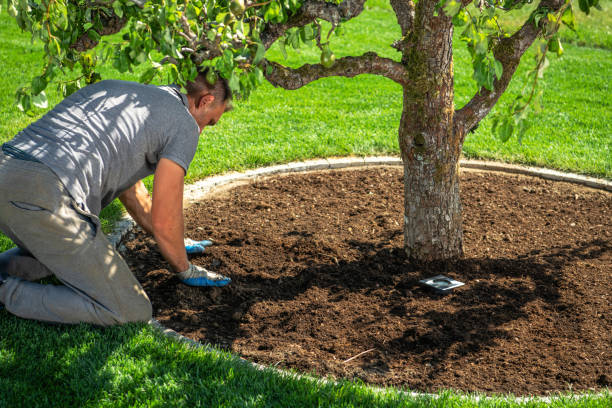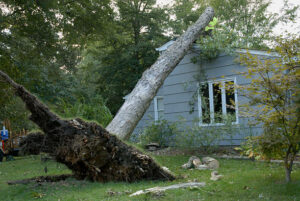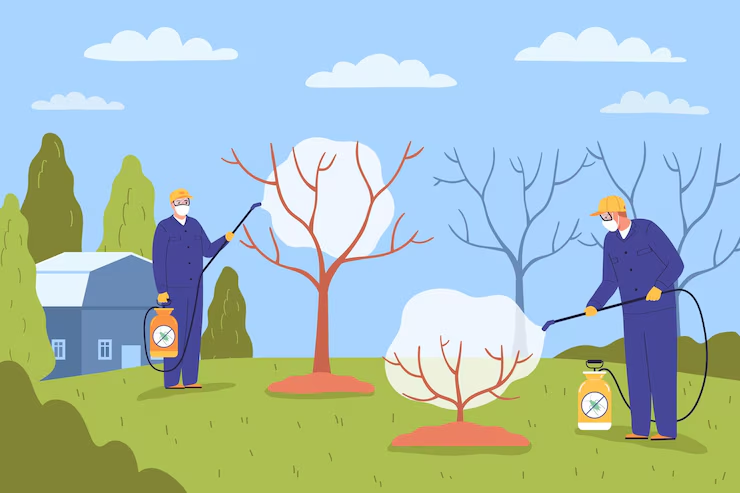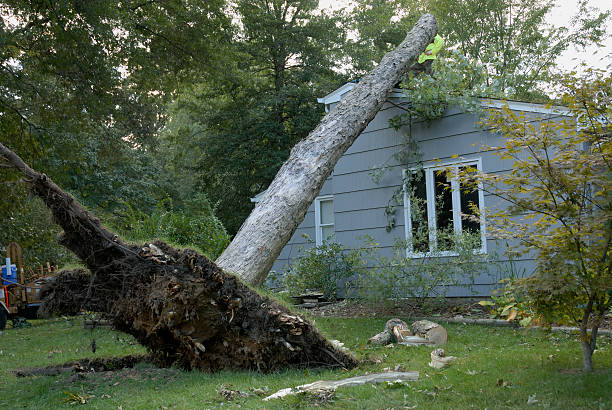A Homeowner’s Guide to Safe and Effective Tree Removal
Tree removal can be a tricky job for homeowners. Whether you’re faced with a dying tree, safety concerns, or simply want to clear up some space, understanding the process of tree removal is essential. In this guide, we’ll walk you through everything you need to know to make informed decisions about tree removal. This includes assessing whether a tree needs removal, how to tackle the job yourself, when to hire professionals, and what to expect along the way.
1. Why Tree Removal May Be Necessary
Before grabbing the chainsaw, let’s talk about why you might need to remove a tree. There are several reasons why tree removal could be the best solution:
- Health Issues: If a tree is diseased or dying, it could pose a risk to your property. You can usually spot these signs by yellowing leaves, cracks, or holes.
- Safety Concerns: A tree leaning dangerously toward your house or power lines can be a huge safety hazard. Especially if the tree’s roots are unstable.
- Structural Damage: Sometimes the roots of trees can wreak havoc on your home’s foundation, sidewalks, or driveways. If left unchecked, this could lead to costly repairs.
- Landscaping Needs: A tree might be obstructing a garden or other areas of your yard. Removing it can open up the space for new plants, features, or more sunlight.
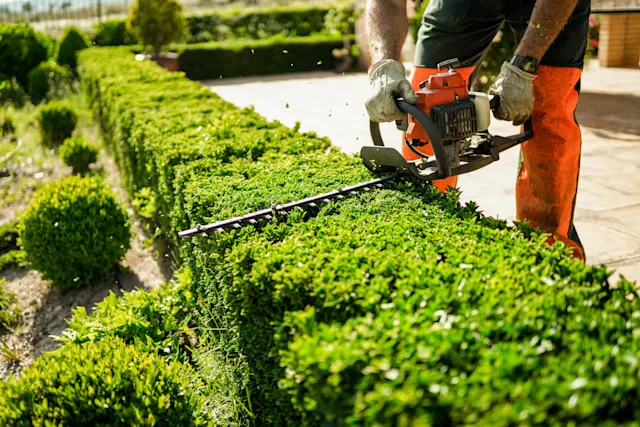
2. Assessing Whether Tree Removal is Necessary
Now that we know why trees are removed, let’s talk about how to figure out if it’s time for removal. Some signs are easy to spot:
- Leaning or Tilting: If your tree is leaning significantly toward your house, power lines, or another structure, it could be a safety risk.
- Dead or Dying: If the majority of the tree’s branches are dead or the bark is peeling off, it’s a sign the tree is beyond saving.
- Cracks or Holes: Visible cracks in the trunk or large holes near the base can indicate structural weakness. If you see these, it’s best to act fast.
- Pest Infestation: Pests like termites or carpenter ants can infest trees, weakening them from the inside out. If you see any signs of pests, a professional may need to take a look.
3. Tree Removal Laws and Regulations
Before cutting down that tree, make sure you’re not breaking any local laws. Many areas have regulations or require permits for tree removal.
- Permit Requirements: In some cities, you may need a permit to remove trees, especially larger ones or those on protected species lists.
- Protected Tree Species: Certain trees, like oaks or elms, may be protected, and you’ll need proof that the tree is damaged or a danger before removing it.
- Proximity to Utilities: Be aware of power lines or other utilities near the tree. Cutting down trees near them requires extra care, and in some cases, you may need to contact the utility company.
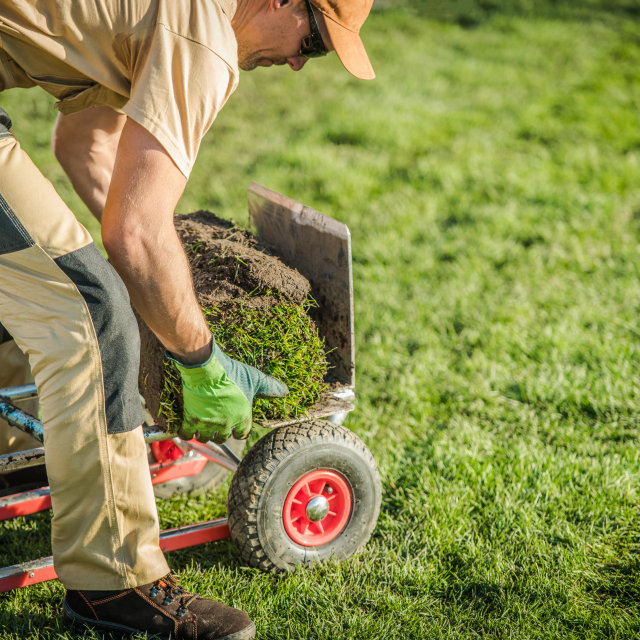
4. DIY Tree Removal vs. Hiring a Professional
When it comes to removing a tree, you have two choices: do it yourself or hire a professional. Let’s break down both options:
DIY Tree Removal
- Pros: You can save money and feel a sense of accomplishment.
- Cons: It’s dangerous. If done incorrectly, you could cause damage to your property or injure yourself. You may also need permits that you don’t have.
If you still want to give it a go, here’s what you’ll need:
- Chainsaw: Make sure it’s in good working condition.
- Safety Gear: Helmet, goggles, gloves, and protective clothing.
- Ladder or Ropes: To reach high branches if needed.
- Disposal Plan: Know what you’re going to do with all the tree debris once it’s down.
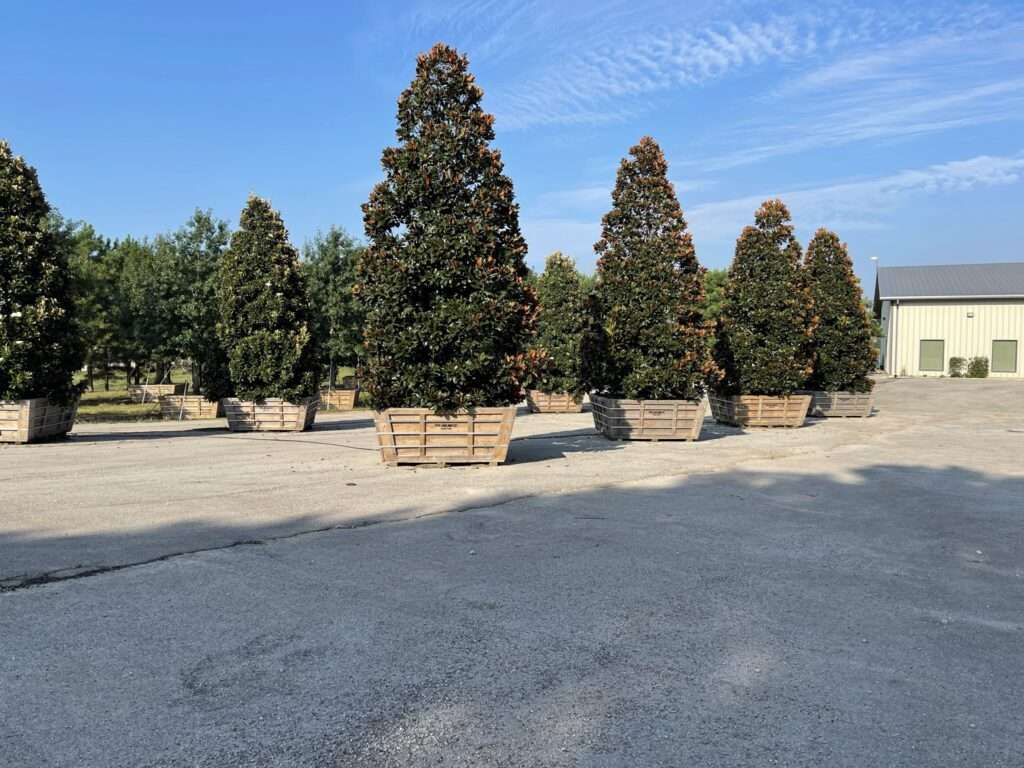
Hiring a Professional Arborist
- Pros: Arborists have the expertise, equipment, and insurance coverage. They can safely remove large or hazardous trees without causing damage.
- Cons: It can be expensive, but the safety and peace of mind it provides can be worth the extra cost.
Who Are Arborists?
Certified Arborists are professionals who specialize in tree care. They’ll assess the health of your tree, provide proper removal methods, and ensure the job is done safely. Plus, they have insurance in case something goes wrong during the removal.
5. The Tree Removal Process
If you opt for a professional, here’s what you can expect:
- Evaluation and Preparation:
- The arborist will inspect the tree’s health, its proximity to structures, and other factors to plan for safe removal.
- Felling the Tree:
- The tree will be carefully felled using precise cuts, often involving a notch cut to guide the fall in a safe direction.
- Branch and Trunk Removal:
- Once the tree is down, the branches are removed, and the trunk is cut into manageable logs, either for disposal or for use as firewood.
- Stump Removal:
- You can opt to remove the stump by grinding it down or digging it up. Professional services will often include this as part of the package.
6. Tree Removal Costs
Tree removal costs vary depending on several factors:
- Size: Larger trees take more time, equipment, and labor to remove.
- Location: Trees near buildings or power lines are more expensive to remove.
- Stump Removal: If you want to remove the stump, expect additional costs.
- Accessibility: If the tree is in a difficult-to-reach spot, special equipment might be needed, which adds to the price.
Expect to pay anywhere from $200 to $2,000 or more for tree removal, depending on the size and complexity.
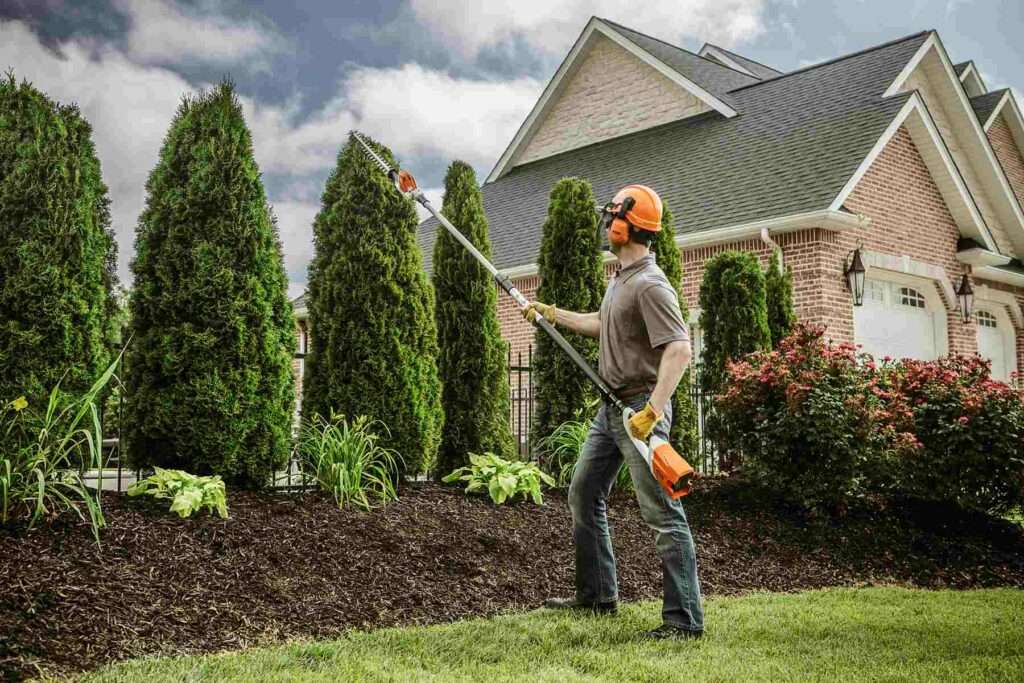
7. Post-Removal Considerations
Once the tree is down, you’ve got a few things to consider:
- Wood Disposal: Do you want to keep the wood for firewood, or do you need to hire someone to haul it away?
- Landscaping: With the tree gone, you may want to replant or redesign the area.
- Stump Grinding: Stump grinding is often recommended to avoid future issues with pests or uneven ground.
8. Tree Care and Prevention for the Future
If you want to avoid more tree removals down the line, here are a few tips:
- Regular Inspections: Keep an eye on your trees for signs of disease, pests, or damage.
- Pruning: Regular pruning helps to keep your trees healthy and removes dangerous or dead branches.
- Proper Planting: Ensure trees are planted away from structures or power lines to avoid future conflicts.
Conclusion
Tree removal is not a job to take lightly. Whether you choose to do it yourself or hire a professional, always prioritize safety. And make sure you’re following local regulations to avoid fines. By understanding the process, costs, and considerations involved, you can make the best decision for your home.
Frequently Asked Questions (FAQs)
Q1: How do I know if my tree needs to be removed?
Look for signs like leaning, dead branches, cracks, or holes in the trunk. If more than half of the tree is dead, or if it’s close to power lines, it might be time for removal.
Q2: Can I remove a tree myself?
While you can remove smaller trees yourself, it’s generally safer and more efficient to hire a professional for large or dangerous trees. DIY tree removal can be risky without the proper tools and knowledge.
Q3: What should I do if the tree is near power lines?
If the tree is close to power lines, it’s best to contact the utility company before attempting removal. Tree removal near power lines requires special safety measures and equipment, which professionals are equipped for.
Q4: How much does tree removal cost?
Costs vary, but on average, tree removal ranges from $200 to $2,000, depending on factors like size, location, and the complexity of the job. Stump removal and disposal may add to the cost.
Q5: Do I need a permit to remove a tree?
In many cities, you may need a permit to remove a tree, especially if it’s large or of a protected species. Check with your local municipality or HOA for specific regulations.
Q6: What happens to the tree after removal?
After removal, the tree is typically cut into logs, branches are trimmed, and the stump may be ground down. You can choose to keep the wood for firewood or have it hauled away.
Q7: How can I prevent needing to remove trees in the future?
Regular tree inspections, pruning, and proper planting can help prevent the need for tree removal. If you spot any issues early, you can address them before they become major problems.
Q8: Can tree removal affect my property value?
If a tree is diseased or damaged, removing it can actually improve the property’s value by eliminating safety risks. However, if you’re removing a healthy, mature tree, it could potentially affect curb appeal or value. Always weigh the pros and cons.

